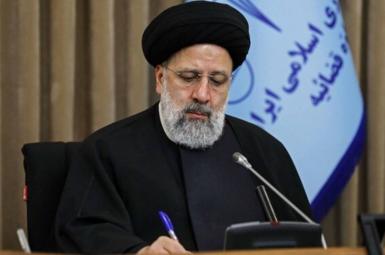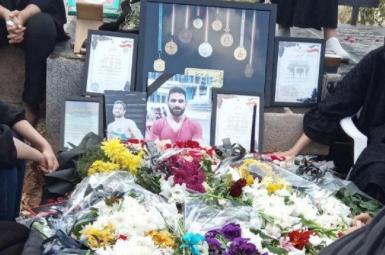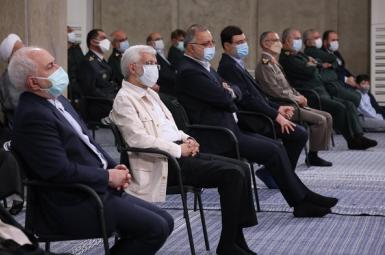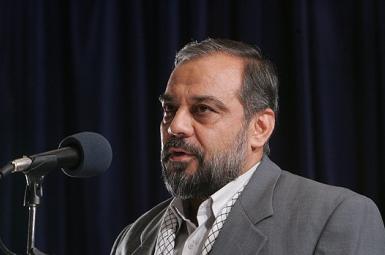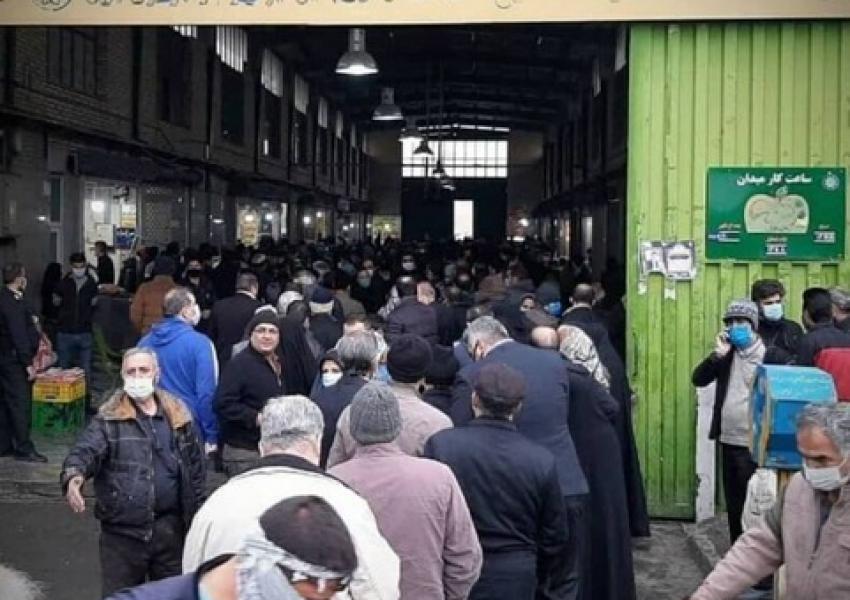
Iran Enters A New Economic Era Marked By Poverty
Iran’s Ministry of Labor has published its first official report about poverty in Iran that says in calendar year 1398 (March 2019-Mrch 2020) roughly one third of Iranians lived below the poverty line defined by an income of around 25 million rials a month, which was around $200 at the time.
According to the Labor Ministry's report, poverty increased by 38 percent from March 2019-March 2020, mainly due to high inflation and rising prices of foodstuff and housing, but it did not provide a figure for 2020-2021, when inflation got much worse.
The report added that in 2019, one third of Iranian families lived below the poverty line. However, the Ministry did not publish a figure for poverty level for March 2020-March 2021, but according to Iran's leading economic daily Donyaye Eqtesad, there is every indication poverty was increasing. In 2020, the national currency halved in its value, meaning inflation increased fast, reaching almost 50 percent, making more people poor.
But media in Iran and experts have said that the real poverty rate was at least 50 percent in 2020, meaning that the middle calss was fast disappearing.
The currency, rial has been declining fast since early 2018 when the United States pulled out of 2015 nuclear agreement and sanctioned Iran’s oil exports, practically cutting off its major source of hard currency income needed to finance imports. Although poverty in Iran has been steadily rising since the 1979 revolution, it accelerated in 2018.
The poverty line sets the bar at the minimum income an individual needs to make ends meet. The cost of foodstuff is a determining factor. Generally, the poorer a family is, it must allocate a larger portion of its income to food.
According to Donyaye Eqtesad, between 2017 and 2019 some 11 of the 20 poorest Iranian cities were in the province of Sistan and Baluchestan. Three other seriously poor cities were located in Kerman province.
In 2019, high income families allocated 26 percent of their income to food, while this figure in underprivileged communities has been 33 percent. On the geographic map of poverty, the poorest people in Sistan and Baluchestan province in southeastern Iran have spent 50.6 percent of their income on food. The figure in the affluent province of Gilan in the north was 25.9 percent in 2019.
In a commentary on Sunday's edition of Donyaye Eqtesad, economist Zahra Kaviani warned that the rising poverty level has not spared the Iranian middle class. She maintained that because of increasing poverty the middle class has been fading out.
She also warned that the situation of children is far worse than that of adults. Many children had to drop out of school under the pressure of poverty. As online classes started during the pandemic, even more children dropped out because they could not afford tablets and smart phones. Kaviani also argued that poor nutrition has been responsible for diminishing IQ levels among children.
Kaviani said that the calory intake of both adults and children in Iran has dropped below the minimum daily 2100 mark. She added that an increasing number of children suffered from malnutrition in 2020, which will affect their intelligence and learning levels.
Kaviani warned that Iran's country will have to deal with the heavy cost of poverty as chronic illnesses become widespread among children. She warned Iran's new government that only an improvement in the country's economy can prevent further losses.
In recent weeks, economists had warned President Raisi that an improvement in Iran's economic situation would be impossible without solving Iran's problems with the United States in order to lift the sanctions.

